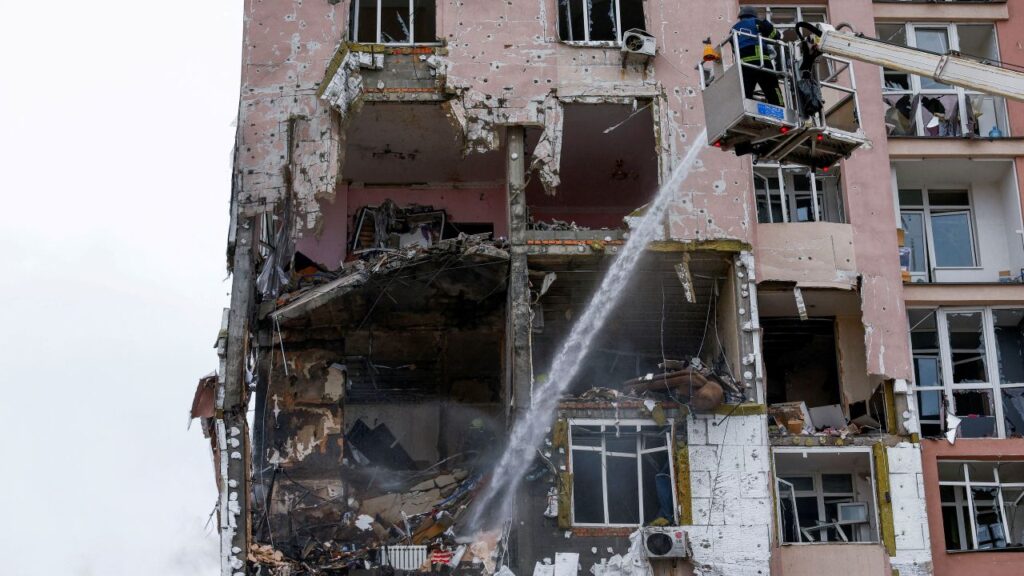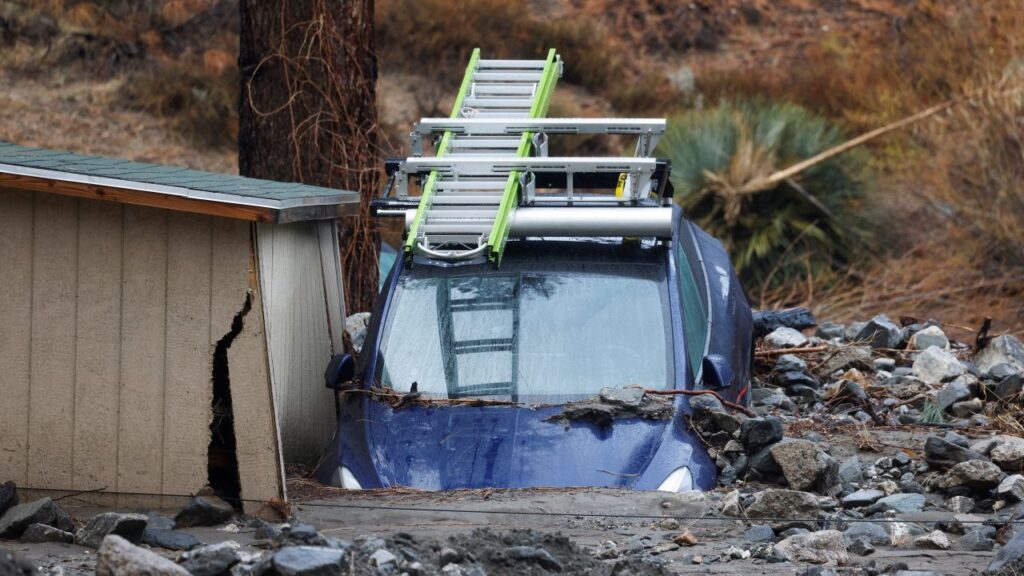
- In 1972, with the Muscle Car Era on its last legs, Ford came up with a patriotic marketing strategy.
- Enter the Sprint series of red, white, and blue Mustangs, Mavericks, and Pintos.
- Ford made 9,383 of these models March to June of 1972.
Share
|
Getting your Trinity Audio player ready...
|
It’s 1972, and the Muscle Car Era is on its last legs. Horsepower is dwindling faster than a politician’s approval ratings, and the once-mighty titans of the road are being outshone by their more fuel-efficient, eco-friendly counterparts. But just when you thought all hope was lost, Ford comes swooping in like a star-spangled superhero with a plan to save the day: the Sprint series!

Dean Kirkland
Central Octane
That’s right, the Mustang, Maverick, and Pinto all got a patriotic makeover, ditching their usual duds for a flashy red, white, and blue getup that would make even the Statue of Liberty do a double-take. It was like the Fourth of July had come early, and these cars were the grand marshals of the parade.
But the Sprint package was more than just a pretty face; it was a clever marketing ploy to reignite interest in Ford’s lineup during a time when performance cars were about as popular as a skunk at a garden party. The Mustang, in particular, had seen better days, with sales plummeting faster than a skydiver without a parachute. But fear not, dear readers, for the Sprint was here to save the day!
Related Story: Legacy of Speed: The 1,600 Horsepower 1957 ‘Skeva’ Chevy Bel Air ...
I’ll Drive My Patriotic Car With Glee!
Buyers had two choices when it came to the Sprint package: “A” for those who wanted to keep things strictly cosmetic, and “B” for those who craved a little extra pep in their step. The “A” package came with a snazzy red, white, and blue paint job, complete with racing stripes and a USA shield decal that would make any bald eagle shed a tear of pride. The interior was just as festive, with seats decked out in white vinyl, blue cloth, and red piping that screamed, “I’m proud to be an American, and I’ll drive my patriotic car with glee!”
For the more adventurous types, the “B” package added some performance upgrades, like a competition suspension and beefy Firestone Wide Oval tires wrapped around Magnum 500 wheels. It was like having your cake and eating it too, but instead of cake, it was a high-octane dose of American muscle.
Ford even produced 50 special Sprint convertibles for the Cherry Blossom Festival Parade in Washington, D.C. These drop-tops were the cherries on top of the Sprint sundae, turning heads and stealing hearts as they cruised down the streets of our nation’s capital. It was like a scene straight out of a patriotic romance novel, except with more horsepower and less bodice-ripping.
Related Story: Central Octane: Inside the Factory Where the Porsche 911 Is Built

Nearly 9,400 Models Made
In the end, Ford managed to crank out 9,383 Sprint Mustangs, Mavericks, and Pintos between March and June of 1972. Sure, it may not have been enough to single-handedly revive the muscle car era, but it certainly added a much-needed dose of red, white, and blue to an otherwise dreary automotive landscape.
So, the next time you’re at a classic car show and spot a Sprint model basking in all its patriotic glory, take a moment to salute this forgotten chapter in Ford’s history. These cars may not have set any land speed records or won any drag races, but they sure did make a statement. And in a world where conformity is king and standing out is a cardinal sin, that’s worth celebrating.
In conclusion, the 1972 Ford Sprint series may have been a short-lived experiment, but it left an indelible mark on the hearts and minds of patriotic gearheads everywhere. It was a reminder that sometimes, all you need to make a statement is a bold paint job, a few well-placed stripes, and a whole lot of American pride.
So here’s to the Sprint series, the forgotten heroes of 1972, and the brave souls who dared to drive them. May their red, white, and blue legacy live on forever in automotive history.
Related Story: Lamborghini’s Race Evolution: From Tractors to the Track

About the Author
GV Wire Producer Dean Kirkland is the founder and director of Gas and Gears, an independent film production company that has produced numerous television series and feature films, including the award-winning documentary “Racing Through The Forest” (2014).


















